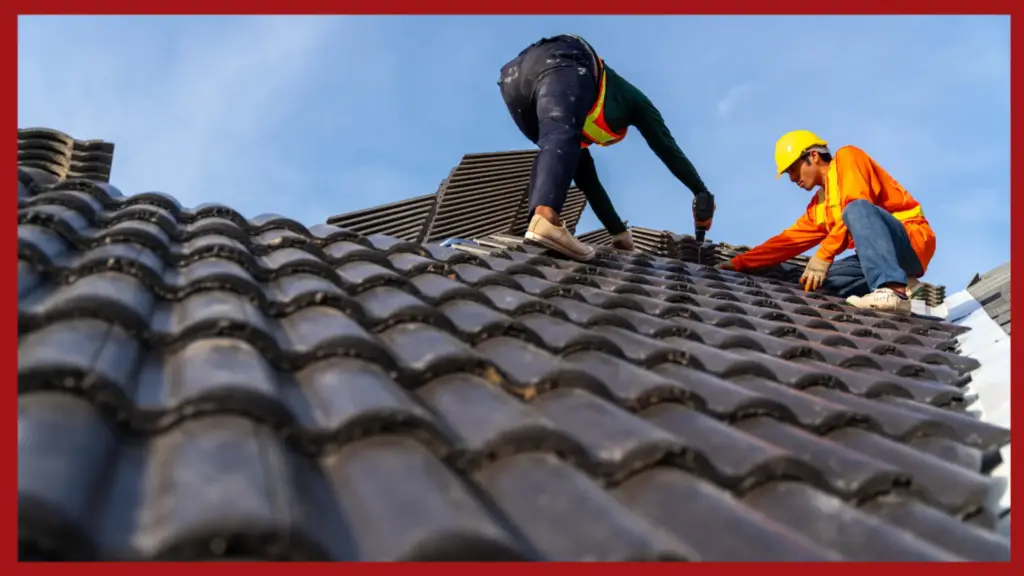Identifying early signs of roof damage can help homeowners prevent the need for costly roofing repair and maintain a safe, weatherproof structure. Small, often unnoticed issues can escalate if left unaddressed, making regular inspections and prompt attention to minor problems essential. Here’s what to look for to catch roof damage early, ensuring a proactive approach to maintenance and protection.
Signs of Shingle Deterioration
Shingles play a critical role in safeguarding the roof from external elements. Over time, shingles may exhibit signs of wear, such as curling, cracking, or discoloration due to sun exposure, weather, and age. Curling or lifting edges can expose the underlayment to moisture, leading to leaks and, ultimately, potential damage to the roof’s decking. Missing shingles are another common indicator of damage, leaving the roof vulnerable to water infiltration. Regularly inspecting your shingles for these signs helps avoid extensive roofing repair by addressing problems as soon as they arise.
Interior Water Stains and Dampness
Not all signs of roof damage are visible from the outside. Water stains, damp patches, or discoloration on ceilings and walls often point to roof leaks. These stains may appear yellow or brown and can be accompanied by peeling paint or warped surfaces. Even small leaks can lead to mold growth and structural damage over time, making it essential to identify them quickly. By spotting interior signs early, homeowners can take action before the damage requires a more comprehensive roofing repair, preserving both the integrity of the roof and the health of the home’s interior.
Accumulation of Granules in Gutters
Roof shingles are coated with protective granules that provide additional durability and insulation. When these granules start to shed, they often accumulate in gutters, especially after storms or heavy rainfall. Granule loss is a sign that shingles are wearing down, which can compromise the roof’s ability to withstand weather exposure. Checking gutters for excessive granules after severe weather can reveal early signs of aging shingles, allowing for prompt roofing maintenance.
Sagging Roof Lines and Structural Irregularities
A well-maintained roof should have a straight, even line along the ridge. If the roof begins to sag or develop dips, it could signal deeper structural issues or significant water damage. This sagging can be caused by weakened decking, trapped moisture, or an overload of roofing materials. Sagging or irregular roof lines are serious indicators that should be addressed immediately to prevent further deterioration. Early detection of these structural changes allows homeowners to avoid larger, more costly roofing repair and ensure the roof remains secure and stable.
Recognizing these signs of roof damage empowers homeowners to take early, preventive measures, protecting both their roof and their property. By spotting potential issues before they escalate, you can minimize the need for major roofing repair, maintaining a strong and reliable roof over your home.
Learn more about roofing repair:
Signs of Roof Wear and Tear That May Need Roofing Repair
Spotting the First Signs of Roof Damage

